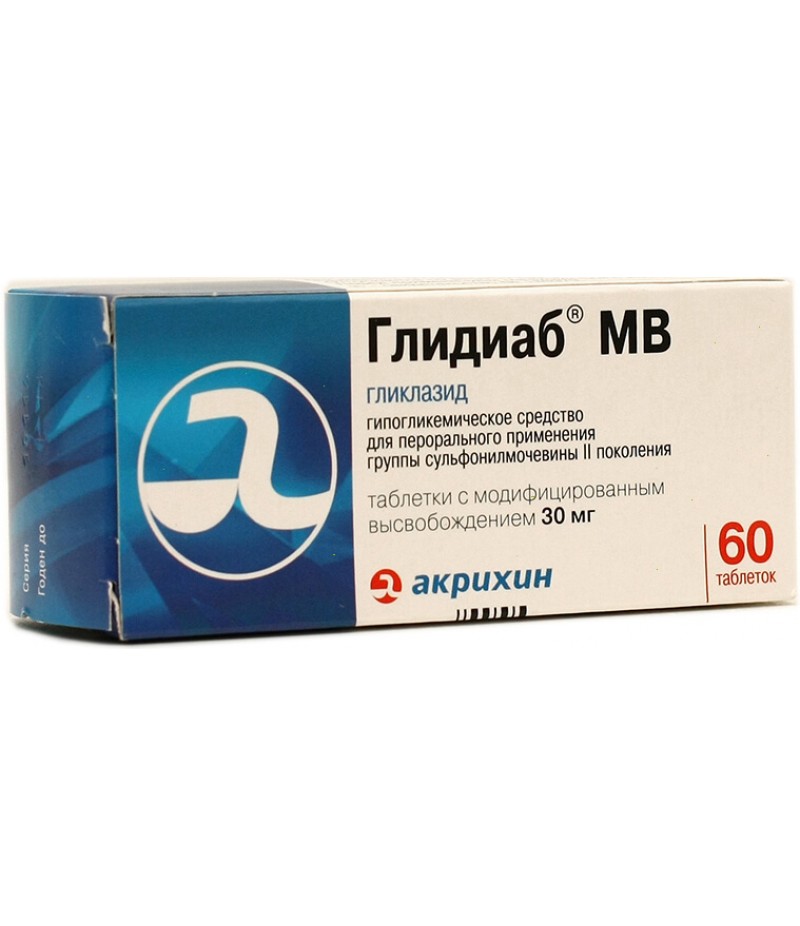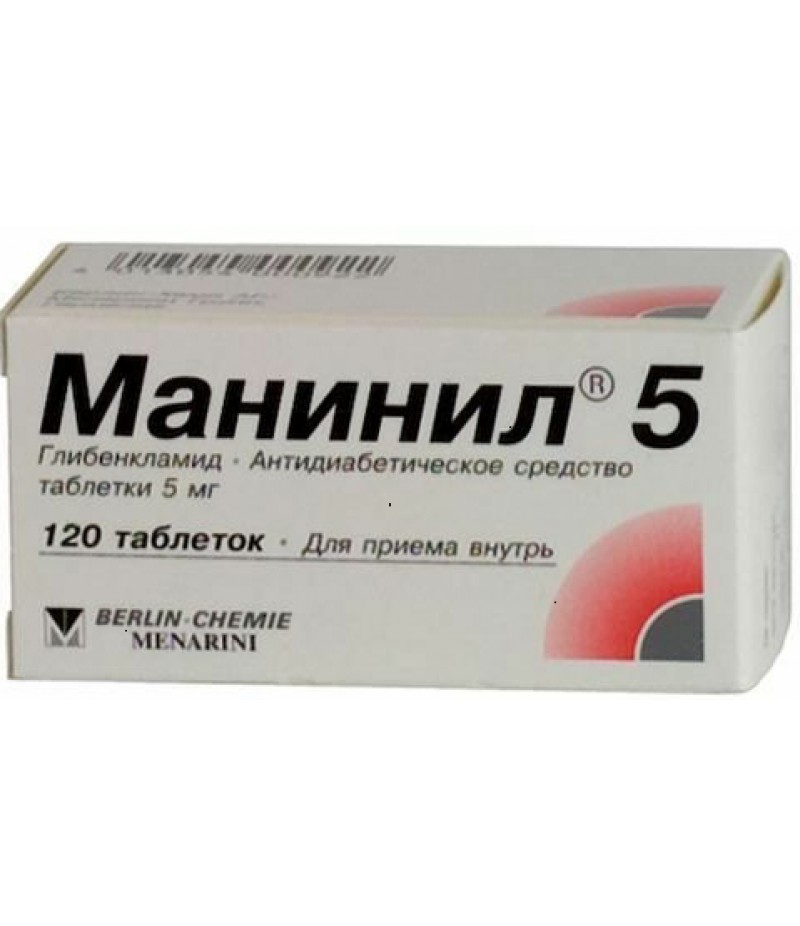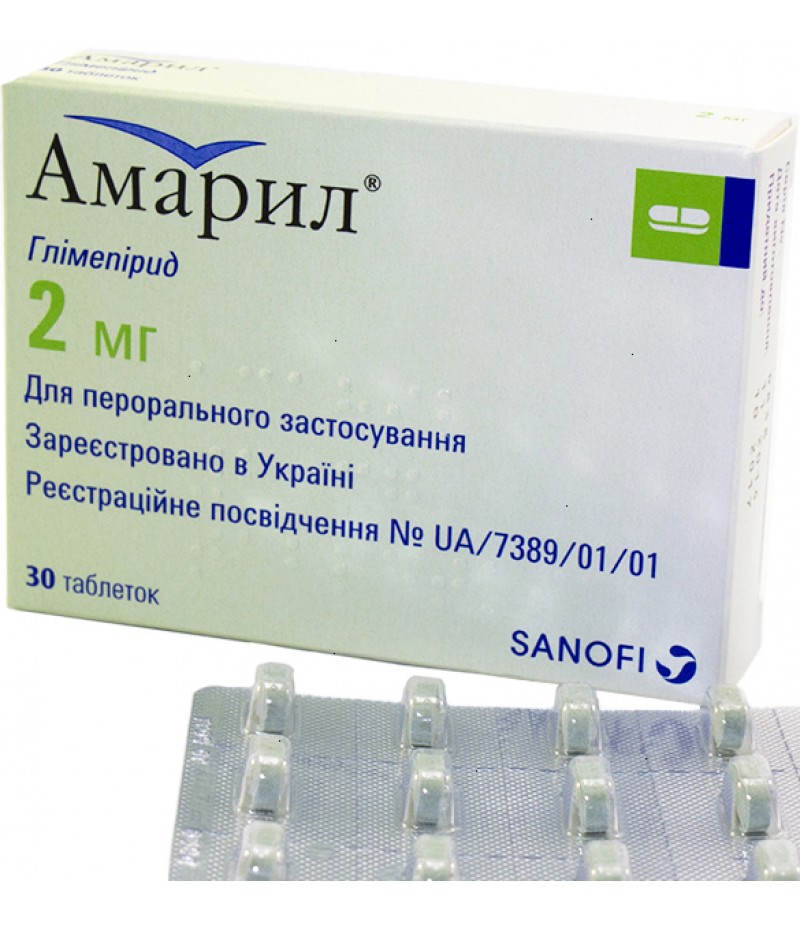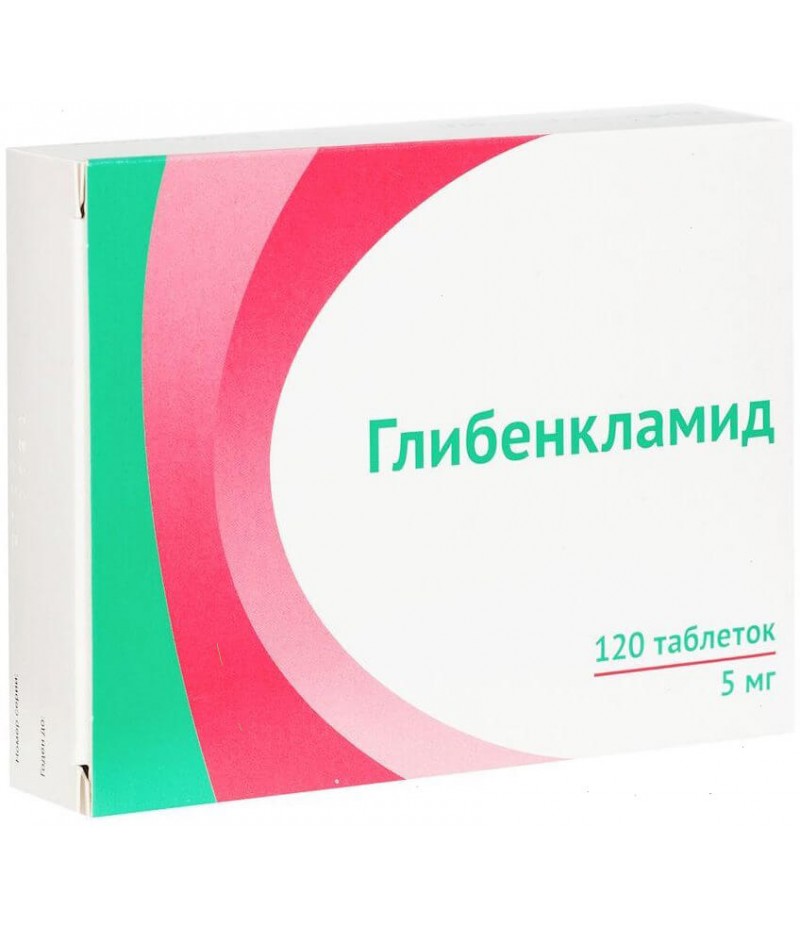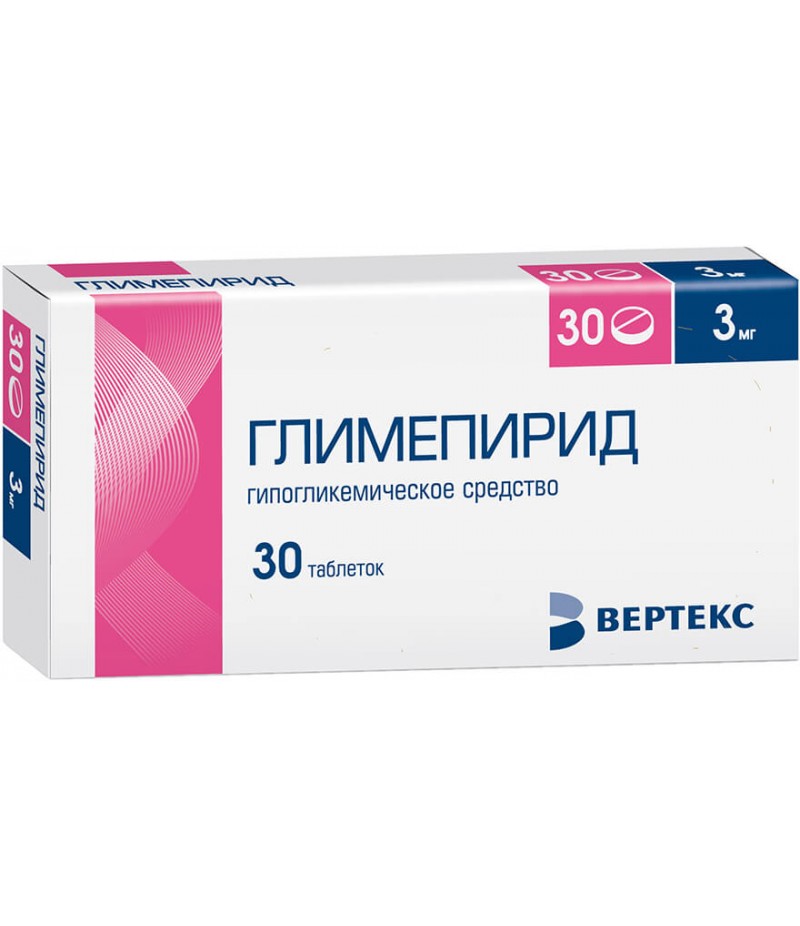Glidiab MB tabs 30mg #60
- $9.75
- 3 or more $9.50
- Availability:In Stock
Glidiab MB instructionYou can buy Glidiab MB hereComposition1 tablet contains 80 mg of gliclazide. In addition: milk sugar, magnesium hydrosilicate, microcrystalline cellulose, hydroxypropylmethylcellulose, potato starch, sodium s..
Glidiab MB instruction
You can buy Glidiab MB here
Composition
1 tablet contains 80 mg of gliclazide. In addition: milk sugar, magnesium hydrosilicate, microcrystalline cellulose, hydroxypropylmethylcellulose, potato starch, sodium starch glycollate, magnesium stearate.
1 MB (modified release) tablet contains 30 mg of gliclazide. In addition: hydroxypropylmethylcellulose, aerosil, microcrystalline cellulose, magnesium stearate.
Form of issue
The drug Glidiab is produced in the form of tablets of 80 mg No. 60 and MB tablets at 30 mg No. 30 or No. 60 in the secondary packaging.
pharmachologic effect
Reducing sugar level (hypoglycemic).
Pharmacodynamics and pharmacokinetics
Gliclazide is an oral hypoglycemic drug related to derivatives of sulfonylureas of the second generation. The effect of the drug is directed to the activation of β-cells in the pancreas, producing insulin, increasing the susceptibility of peripheral tissues, increasing insulin secretion effects of glucose and stimulating the activity of intracellular glycogen synthase in muscle tissue. The drug shortens the time period from the time of food intake to the start of insulin production, reduces postprandial glucose level, and restores the early (first) peak of insulin secretion (unlike other sulfonylureas, mainly acting in the second phase).
In addition to the regulation of carbohydrate metabolism, gliclazide improves microcirculation, by decreasing platelet aggregation and adhesion, normalizing vascular permeability, restoring the physiological process of parietal fibrinolysis.
Therapy with Glidiab reduces the sensitivity of the vessels to the effects of adrenaline, prevents the formation of atherosclerosis and microthrombosis. It inhibits the progression of non-proliferative (background) diabetic retinopathy. With prolonged treatment, there is a significant decrease in proteinuria, which develops against the background of diabetic nephropathy.
The intake of the drug, due to its influence on the early stage of insulin secretion, is not accompanied by weight gain and even favors its decrease in obese patients, if appropriate dietary therapy is observed.
Oral administration of glycazide leads to its virtually complete absorption in the digestive tract. TCmax in serum is 4 hours (for MB tablets 6-12 hours). The binding with plasma proteins is at the level of 90-95%. Metabolic transformations occur in the liver with the release of inactive metabolic products. T1 / 2 is 8-11 hours (for MB tablets - 16 hours). Excretion in the form of metabolites is carried out mainly by the kidneys (about 70%), and also by the intestine (12%). Approximately 1% of the glycazide is excreted unchanged in the urine.
Indications for use
The use of Glidiab is indicated in the treatment of type 2 diabetes mellitus (NIDDM, non-insulin-dependent diabetes) with concomitant dietary therapy and moderate-intensity exercise in case of inefficiency in the past.
Contraindications
Absolutely contraindicated reception Glidiab at:
diabetic ketoacidosis;
breastfeeding;
diabetes mellitus type 1;
diabetic precommission / coma;
severe liver / kidney pathologies;
hyperosmolar coma;
leukopenia;
painful conditions, with the need to use insulin, including trauma, surgery, extensive burns;
paresis of the stomach;
pregnancy;
intestinal obstruction;
pathologies accompanied by eating disorders and the formation of hypoglycemia (including infectious diseases);
personal hypersensitivity to gliclazide or other components of drugs;
in childhood.
Carefully (carefully choosing the dosages and conducting regular examinations) appoint GliDiab should be at:
pathologies of the thyroid gland that occur with disorders of its function;
alcoholism;
febrile syndrome.
Side effects
The most common and severe side effect of Glydiabetes is hypoglycemia, which most often occurs when the dosage regimen is disturbed and inadequate diet therapy. The symptomatology of this complication is quite diverse and can be manifested: headaches, hunger, fatigue, sudden weakness, inattention, anxiety, aggressiveness, irritability, depressive states, slow reaction, inability to concentrate, visual impairment, helplessness, aphasia, sensory disorders, tremor , dizziness, delirium, loss of self-control, convulsions, loss of consciousness, hypersomnia, shallow breathing, sweating, bradycardia her.
The second most important side effects of Glidiab therapy are the negative phenomena observed by the gastrointestinal tract, which are expressed by dyspepsia (nausea, heaviness in epigastrium and diarrhea); impaired hepatic function (increased activity of liver transaminases, cholestatic jaundice); anorexia (in the case of taking tablets together with food, the severity of anorexia is reduced).
There may also develop allergic manifestations, mainly consisting of urticaria, maculopapular rash and skin itching.
Sometimes the formation of leukopenia, thrombocytopenia and anemia were observed.
Glidiab, instruction manual
Selection of the dosage regimen of Glidiab is carried out on an individual basis in accordance with the clinical manifestations of NIDDM and the level of glycemia that is measured on an empty stomach, and also after 2 hours after eating.
Initially, recommended daily intake of the first tablet Glidiab 80 mg or the first tablet Glidiab MB 30 mg. The average daily dosage is 160 mg and 60 mg, and the maximum dosage is 320 mg and 120 mg, respectively, for tablets and MB tablets. Conventional Glidiab tablets 80 mg take 30-60 minutes before meals twice in 24 hours (morning and evening). The MB 30 mg tablets are indicated to be taken once every morning during breakfast. The increase in doses can be carried out with an interval of not less than 14 days.
Elderly patients and patients with kidney pathologies (with QC 15-80 ml / min) do not need to adjust the doses.
Overdose
In case of an overdose with glycazide, development of hypoglycemia, sometimes reaching hypoglycemic coma, was observed.
In the event that overdose symptoms allow the patient to be conscious, he needs to immediately drink a solution of sugar or glucose (dextrose). In the unconscious state of the patient, iv injection of Dextrose (40%) or IM injection of Glucagon (1-2 mg) is indicated. Later, with some normalization of the condition, the patient should consume foods with a high content of carbohydrates, in order to prevent the recurrence of hypoglycemia.
Interaction
Reduced hypoglycemic efficacy Glidiab observed in the case of a parallel application with glucocorticoids, barbiturates, sympathomimetics (terbutaline, Epinephrine, ritodrine, clonidine, salbutamol), calcium antagonists, lithium salts, nicotinic acid, thiazide diuretics, carbonic anhydrase inhibitors (Diakarb), chlortalidone, triamterene, Chlorpromazine, Furosemide, Asparaginase, Danazol, Baclofen, Diazoxide, Rifampicin, Morphine, Isoniazid, Glucagon, Phenytoin, Thyroid Gland and Estrogen ogens (including oral contraceptives).
The increase in hypoglycemic activity of Glidiab is noted with its combined use with antifungal drugs (Fluconazole, Miconazole), ACE inhibitors (Enalapril, Captopril), H2 blockers (cimetidine), fibrates (Bezafibrate, Clofibrate), NSAIDs (Indomethacin, Phenylbutazone, Diclofenac), salicylates , antituberculosis drugs (Ethionamide), indirect anticoagulants, β-adrenoblockers, anabolic steroids, Cyclophosphamide, MAO inhibitors, Chloramphenicol, Theophylline, Allopurinol, prolonged sulfonamides, F enfluramine, Pentoxifylline, Fluoxetine, Guanethidine, Reserpine, tubular secretion blockers, Dysopyramide, Bromocriptine, Pyridoxine, ethanol, as well as with other hypoglycemic drugs (insulin, biguanides, acarbose).
Joint intake of Glidiab and cardiac glycosides increases the risk of ventricular extrasystole formation.
The effects of β-blockers, reserpine, clonidine, guanethidine can mask the clinical symptoms of hypoglycemia.
Storage conditions
The maximum storage temperature for tablets and MB Glidiab tablets is 25 ° C.
Shelf life - 2 years.
special instructions
Treatment Glidiab should be conducted with the support of low-calorie diet with minimal inclusion of carbohydrates.
Deviations in diet, as well as emotional and physical overstrain require adjustments to the dosages of gliclazide.
Throughout the therapy, it is necessary to control the level of glycemia, checking it on an empty stomach and after eating.
When decompensating diabetes, as well as surgical interventions, the possible use of insulin-containing drugs should be considered.
The patient should be informed about the possibility of forming hypoglycemia in fasting, taking NSAIDs and ethanol-containing medications.
Special sensitivity to the effects of hypoglycemic drugs is shown by elderly patients, weakened patients, or those who do not receive a balanced diet, as well as people suffering from hypocorticism.
Care should be taken when performing dangerous or accurate work, as well as driving, especially during the selection of the dosage regimen, because of the increased risk of hypoglycemia.
Children
The experience of Glidiab treatment in patients in the children's age group is not enough for his appointment to children.
With alcohol
In the case of drinks containing alcohol during the passage of Glidiab therapy, a disulfiram-like reaction (syndrome) may occur, manifested by pain in the abdomen, nausea / vomiting, headaches.
In pregnancy and lactation
Use in the therapy of Glidiab during breastfeeding and pregnancy is prohibited.
Reviews
There are few reviews on the Glidiab in the network, but in the overwhelming majority of cases, they are positive. According to his patients, the drug copes well with the negative manifestations of non-insulin-dependent diabetes and has a minimum of side effects. Naturally, when taking Glidiab, you should maintain a proper diet and follow the recommendations for physical activity.

